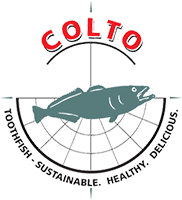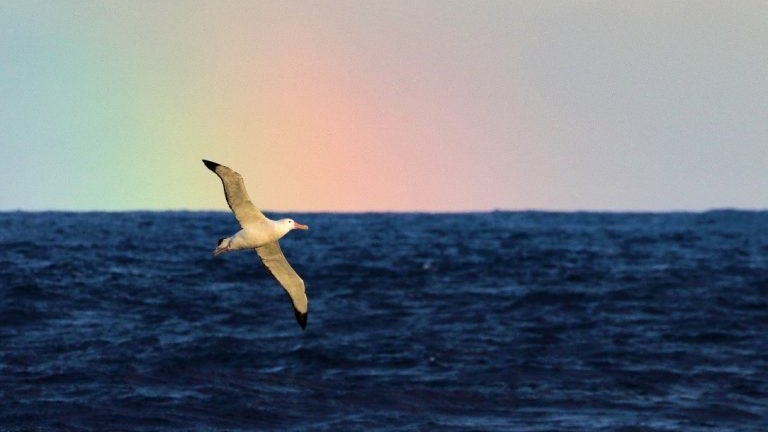This excerpt was taken from a guest blog written by Sue Gregory, Marine Environment and Fisheries Manger for the Government of South Georgia & the South Sandwich Islands (GSGSSI). Sue is responsible for the day-to-day operation of South Georgia’s fisheries and Marine Protected Area, she works closely with the Director of Fisheries and Environment and the Government Officers at King Edward Point to ensure SGSSI’s maritime zone is managed sustainably and to the highest possible standards.
The full blog can be found at the UK Marine Developments Blog.
At a time when the news continues to be filled with stories of habitat destruction, South Georgia & the South Sandwich Islands (SGSSI) is a rare example of an ecosystem in recovery.
In 2017/18 the first five-year independent review of South Georgia & the South Sandwich Island’s Marine Protected Area was supported by Blue Belt. A panel of scientists, non-governmental organisations, tourism and fishing industry representatives, and the Government came together to review the effectiveness of the Marine Protected Area. The review panel concluded that the objectives of the Marine Protected Area were being met, but after considering over 200 relevant peer reviewed papers also recommended a number of enhancements. These were subsequently implemented by the Government of South Georgia & the South Sandwich Island’s to further safeguard biodiversity in the marine environment, and included extending the no-take zones where all fishing is prohibited to over 280,000 km2 including areas of highly biodiverse seamounts and the deepest trench in the Southern Ocean.
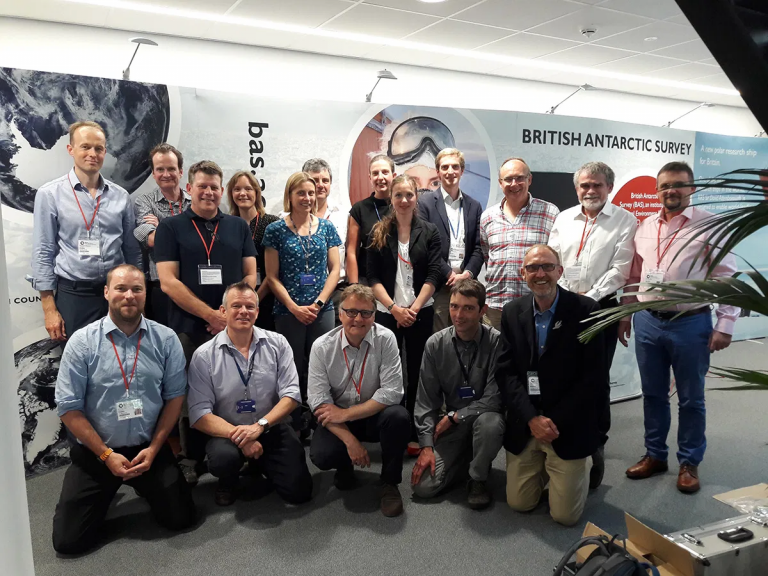
South Georgia’s fisheries are recognised as among the world’s most sustainable and best managed, and our licensed fleet fulfils many roles beyond just fishing. Each legal fishing vessel in the Marine Protected Area acts as a sentinel providing eyes on the water to detect illegal activity, they are exemplars of best practice and compliance, and they are platforms for scientific research. Through the Blue Belt Programme, our toothfish fleet have deployed cameras on long lines and provided countless hours of video footage that has enhanced our knowledge of how fishing gear interacts with the seafloor and what benthic communities are down there. This information, along with that collected from deepwater camera deployments on Blue Belt led research cruises at South Georgia and the South Sandwich Islands, has also been used to validate models developed at Cefas which predict where vulnerable habitats might be located within the MPA and allow us to make evidence-based management decisions.
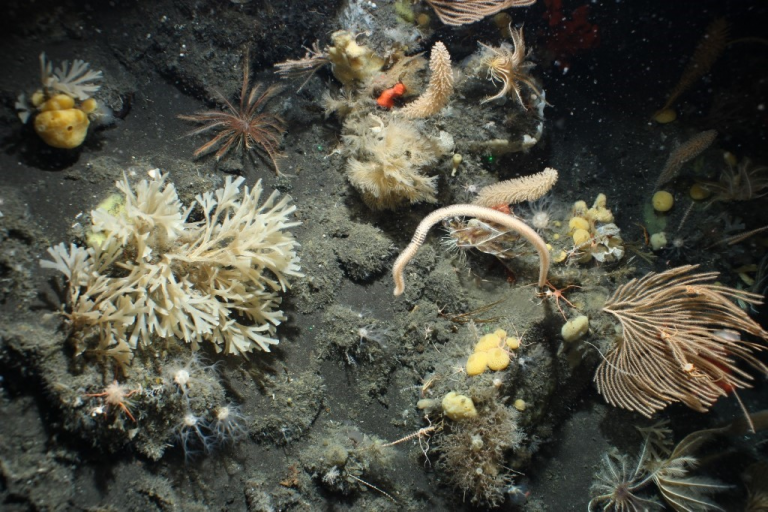
The presence of our licensed vessels can both deter and detect Illegal, Unreported and Unregulated (IUU) fishing activity, however with a maritime zone covering over 1.24 million square kilometres (over five times the size of the UK), additional methods of monitoring are required. The Blue Belt Programme has supported the provision of satellite surveillance and analysis of imagery across our waters, identifying potential threats and allowing more effective use of assets on the water such as our Fisheries Patrol Vessel, the mighty Pharos SG. This collaborative effort was clearly highlighted in 2018 when the pirate vessel FV Nika was intercepted in SG waters, and thanks to the efforts of Pharos SG and Government of South Georgia & the South Sandwich Islands, working with the MMO, OceanMind, Global Fishing Watch, Interpol and a number of other agencies, this boat has now been blacklisted as an IUU fishing vessel.
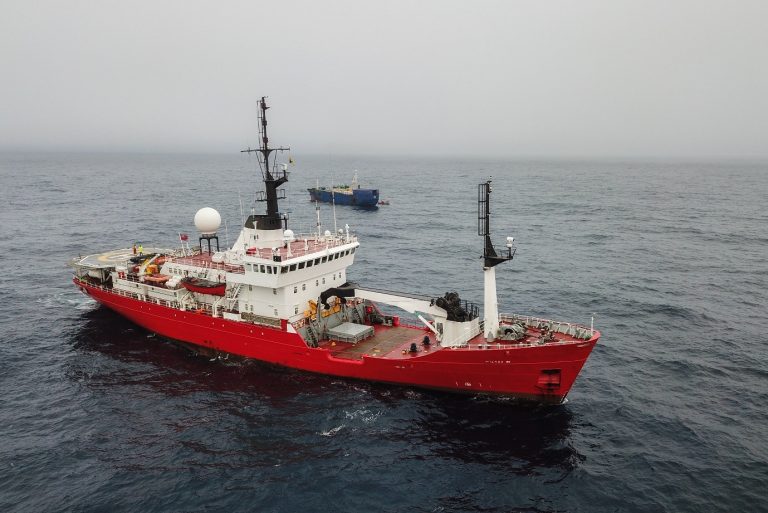
The environmental recovery we see at South Georgia & the South Sandwich Islands has only happened as a result of active management over a period of many years, and that needs to be maintained to ensure this spectacular revival continues. The Blue Belt programme has supported not only science which is critical for evidence-based decision making, but also the monitoring and surveillance, and compliance and enforcement which is essential in underpinning those management decisions. Our aim is that South Georgia & the South Sandwich Islands should serve as an example to others of world-class sustainable and precautionary management.
